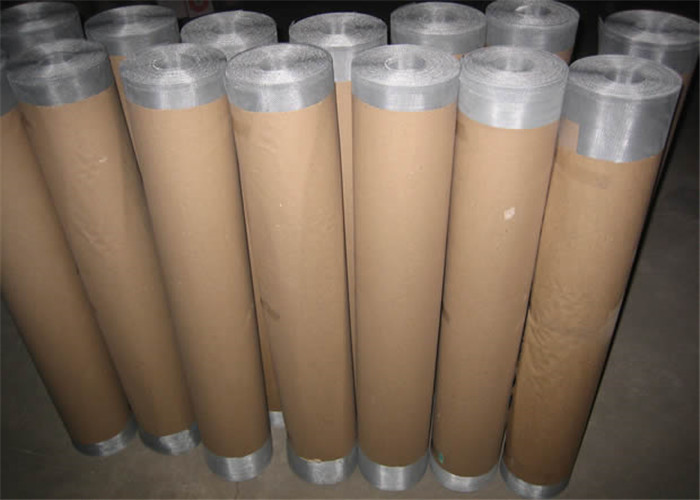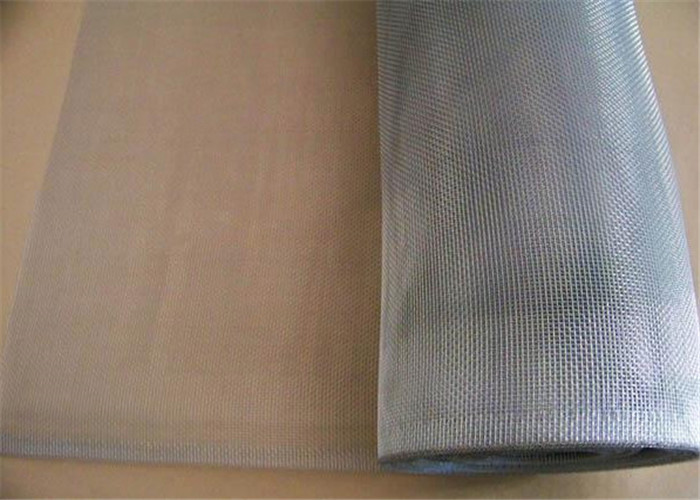The ethical issues related to the research of cloned stem cells, in addition to the supply of human eggs, also involve a wide-ranging debate that embryos are a life. Conservatives, including the Bush administration, believe that embryos made by cloned stem cells are alive, while embryonic development It would be inhumane to destroy it to obtain stem cells a week later, so the US government banned the provision of stem cell research funding. This has become a major problem encountered by American scientists in the study of stem cells: difficulties in raising funds.
There is a saying in China that should be good at turning stress into motivation. American scientists turn difficulties encountered into motivation and actively seek experimental breakthroughs to constantly overcome the problems of egg supply and embryo bioethics. They hope to find ways through continuous research It is still possible to conduct stem cell research while avoiding the use of human eggs and the destruction of embryonic life.
As mentioned above, the reason why cloned stem cells use eggs is because only the factors present in the egg cells can be transferred back to the biological clock of the adult cell nucleus to return the adult cells to the embryonic state. Scientists call this transformation in the cloning process a recompilation. It is a genetic dialogue that is not widely recognized at present. American scientists are using fibroblasts in skin cells to find genes that control the recompilation process.
All cells in an organism have the same gene, but the form of the cell's genetic activity is different. This form of activity ultimately determines whether the cell becomes a stem cell or differentiates into an adult cell. Two different paths. In the process of cloning stem cells, some unknown factors in the egg cells turn off the genes that make cells such as nerves, and at the same time turn on only the genes expressed in the embryo. Scientists use fluorescent markers to identify genes that are important for the recompilation process, and then directly use this gene to activate adult cells, inducing adult nuclei to recompile themselves to generate stem cell lines.
If this scientific idea can be realized, the process of recompiling the cells can be carried out directly in the laboratory, which will be a huge breakthrough for the research of therapeutic cloning. Once scientists master this process, they will create other new technologies that directly transform adult cells into stem cells. These technologies will eliminate the ethical debate surrounding cloning stem cells because they no longer need to generate and destroy human embryos. Technology no longer requires the supply of human eggs, the efficiency and application of cloning will be greatly improved, regenerative drugs will also usher in a new era, and stem cell transplantation will also be suitable for anyone in need.
Scientists have done some preliminary work for the realization of this scientific idea. For example, researchers at the MIT Biomedical Research Institute published a paper in September last year saying that a series of inactive genes have been identified in undifferentiated stem cells. Once activated, these genes will produce transcription factors, making Stem cells develop into different adult cells. Scientists are still trying to find ways to change the characteristics of embryos through genes. The modified genes will prevent the embryos from developing into humans, thus avoiding ethical disputes that destroy life.
In the eyes of scientists, nuclear transfer cloning technology is only a transitional technology that must be passed through. Humans will eventually develop newer technologies based on this to liberate embryonic stem cells from ethical debate. Nuclear transplantation is currently the only alternative way to recompile, and only by constantly recognizing this process can we find other options that span or replace this process. Lansa believes that researchers should no longer waste most of their time on legal and ethical issues, but should focus all their energy on developing various new technologies that are recompiled, and each scientist does his best to develop alternative technologies. , And then choose one of the best, all problems will be solved.
Window screen is usually made of galvanized iron wire, stainless steel wire and aluminum wire. It is widely used as mosquito screen, window screen, door screen and filter screen. The plain wave one is very common. The plain wire cloth is not crimped before weaving, with the same diameter warp and shute Wires woven in a simple over and under pattern.
Features
Ÿ Mesh: Number of openings per inch in horizontal and vertical directions.
Ÿ Woven type: Plain weave.
Ÿ Type of edge: Rough selvedge, wrapped selvedge.


Galvanized Wire Mesh Screen,Aluminum Wire Screen,Stainless Steel Wire Mesh
DINGZHOU TIAN YILONG METAL PRODUCTS CO., LTD. , https://www.wiremeshsolution.com